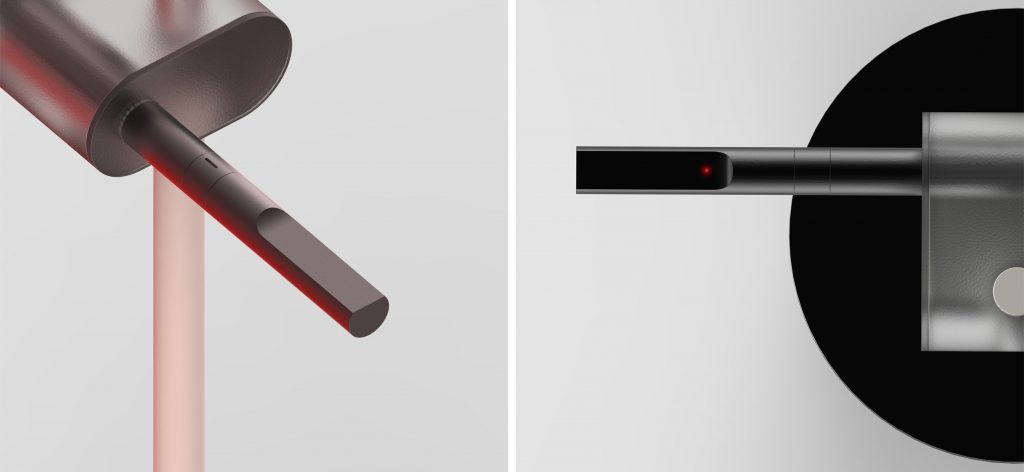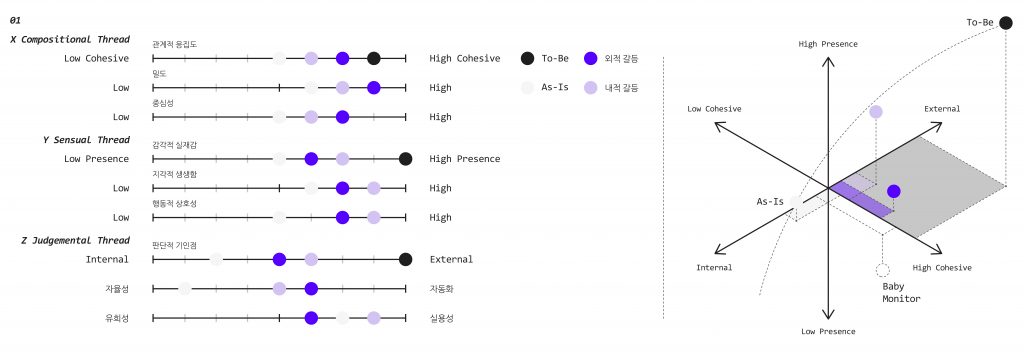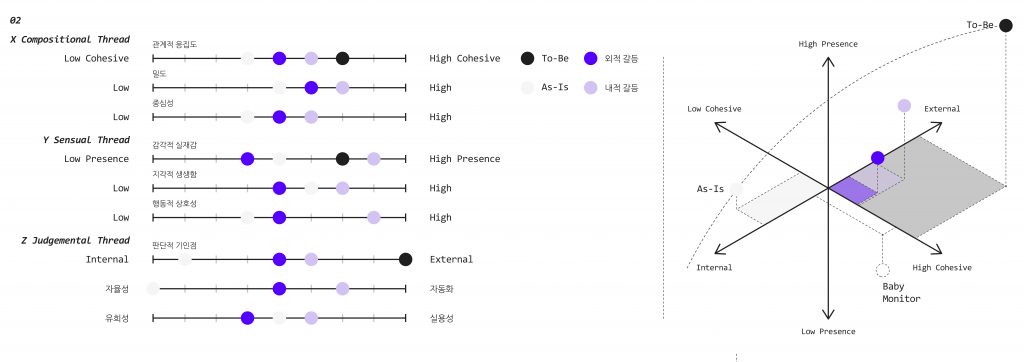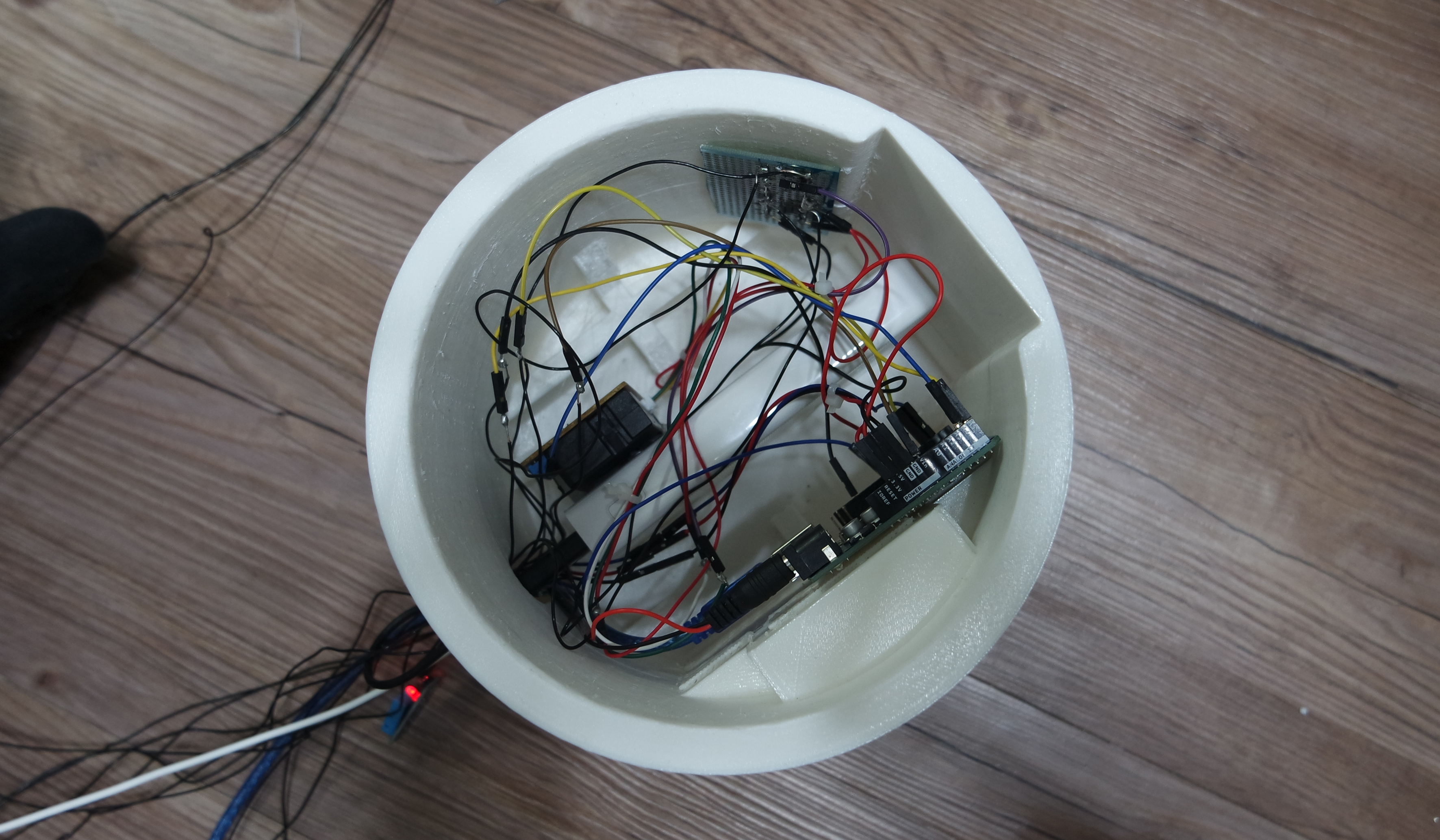
- March 31, 2017
Robot Baby Monitor
“Being a parent of an infant can be overwhelming and daunting at times.”
As part of my summer research at Human-Computer Interaction (HCI) Lab at Yonsei University, S.Korea, where I completed my HCI certificate programme (3+ months in duration), I have developed an interactive system called “Bodeum” with artificial intelligence (AI) with like-minded researchers at the lab. Our aim was to design a companion robot (i.e. intelligent product) for caregivers (i.e. parents) when monitoring infants and the surrounding environment such as temperature and humidity.
Pain Point Discovery
Being a parent of an infant can be overwhelming and daunting at times. We started by listing every pain point that we could think of as an initial scoping activity to ask the right questions at the end.

Clustering
Then we grouped them by two categories: the primary caregiver and secondary caregiver. Above all, 1) Not having personal life, 2) lack of social activities, and 3) feeling depressed were the pain points (major opportunities) that we have discovered early on.
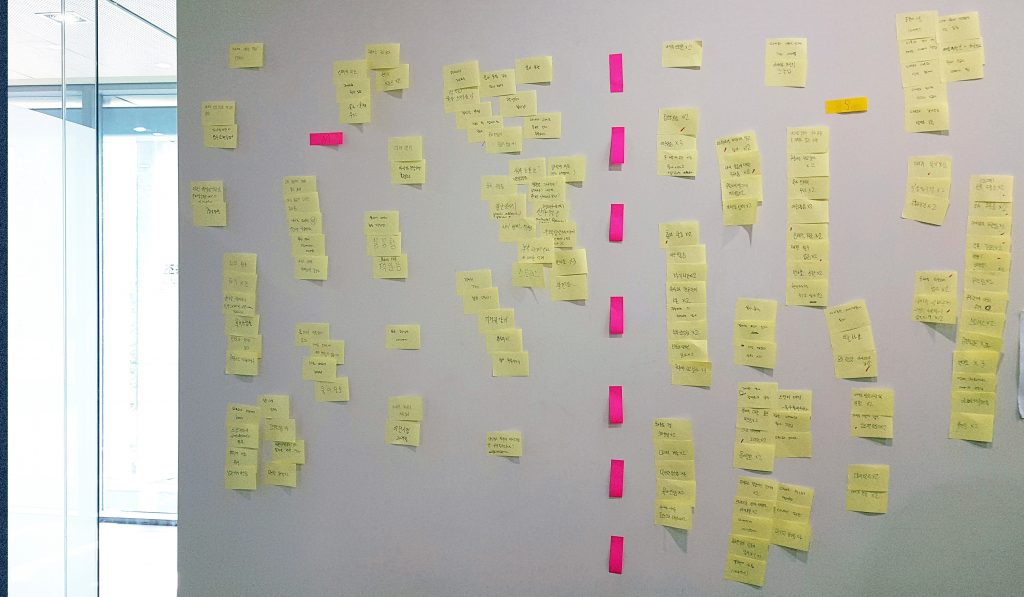
Observation & Interviews
To understand the context, we have gone through contextual inquiries at homes, and Fly-on-the-Wall observation at a department store where we can observe a group of young parents. We have found that they are still hesitant to adapt tech & intelligent products when it comes to infant care, but they could still use some degree of assistance when they are *preoccupied with other chores at home.
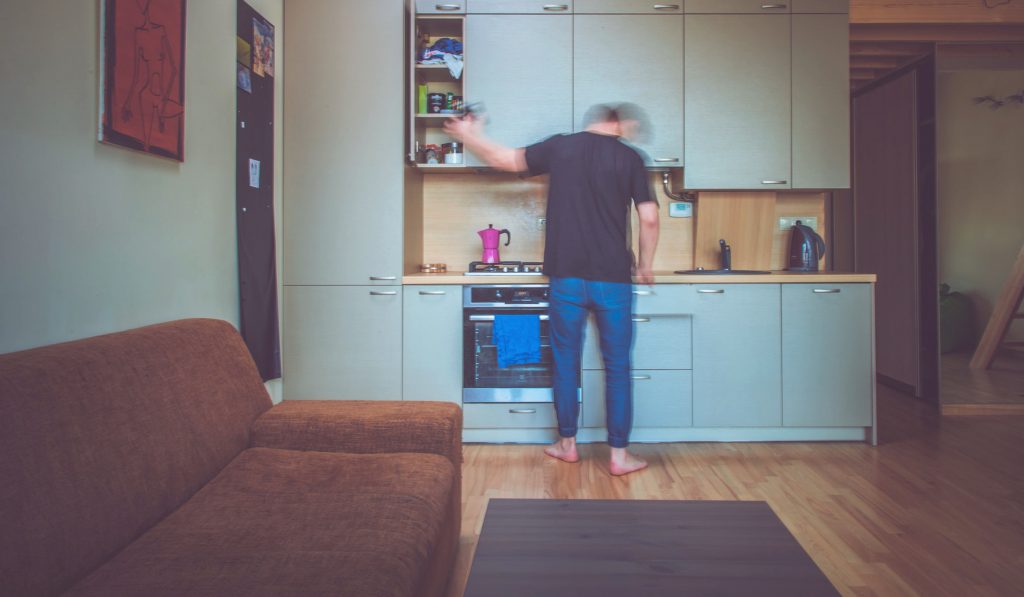
Experience Metrics
Considering 1) Sense of Presence, 2) Locus of Causality and 3) Relational Cohesiveness to be the key metrics of experience design in HCI, we analysed the As-Is model by reviewing baby monitors in the market to define what’s next: the To-Be model.
*Click the image to expand. 🔎
Persona 01 : Primary Caregiver
Persona 02 : Secondary Caregiver
Findings + Product Definition
Metaphor : Baby Monitors
From the above activity, we learnt that 1) interactivity (cohesiveness), 2) automation, and 3) sense of presence are the areas for improvement. Having that said, baby monitors can be improved in the way it provides more interactive, real-time assistance (feedback + automated output) for caregivers when they are busy with other chores.
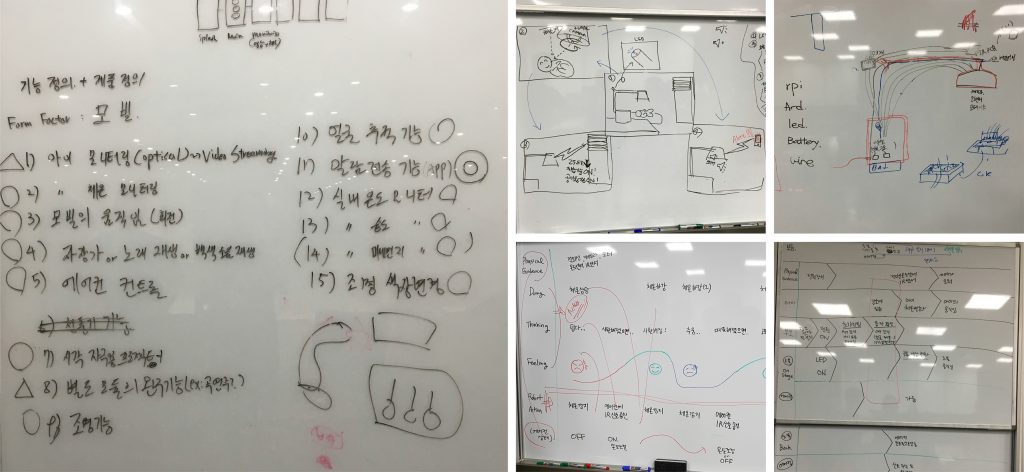
Form Factor
We initially had two distinct directions: either planting the system into a robot with a resemblance in appearance with a human, as in humanoid, or into the form of an existing product: a baby monitor.

Physical Prototyping
To secure structural robustness for demonstrations, we have carefully designed the architecture of the product with consideration for rework and assembly.
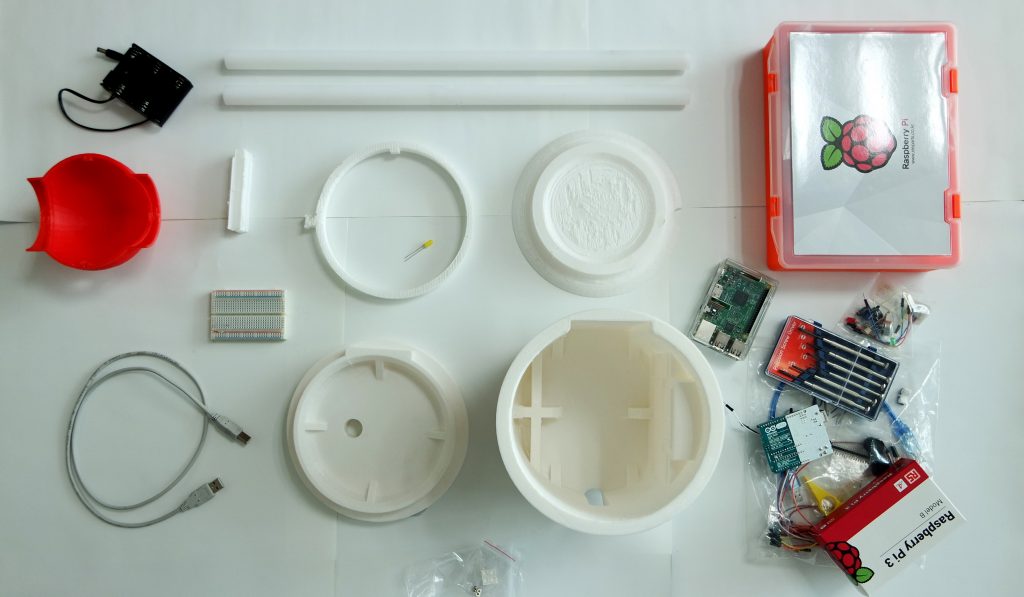
Hardware Prototyping
*Facial recognition (machine learning), *real-time feedback (push notification), *closed-loop system (automation), and *connectivity + IoT features for temperature & humidity control have been our top agenda when it comes to its hardware design.
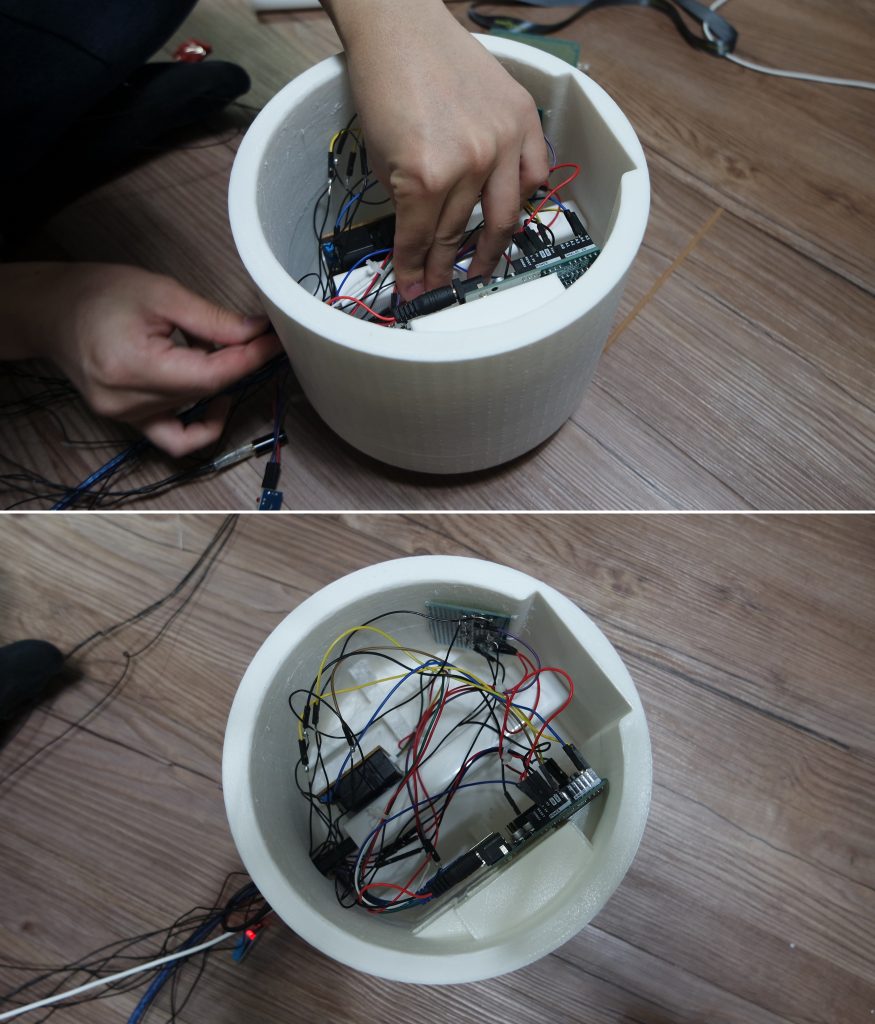
Starting from scratch, we have tested prototypes a number of times in a real-life setting to make sure the system operates and works as intended. (Components : a camera module, servomotor, Bluetooth module, battery, Raspberry Pi, Arduino Uno, and LEDs)
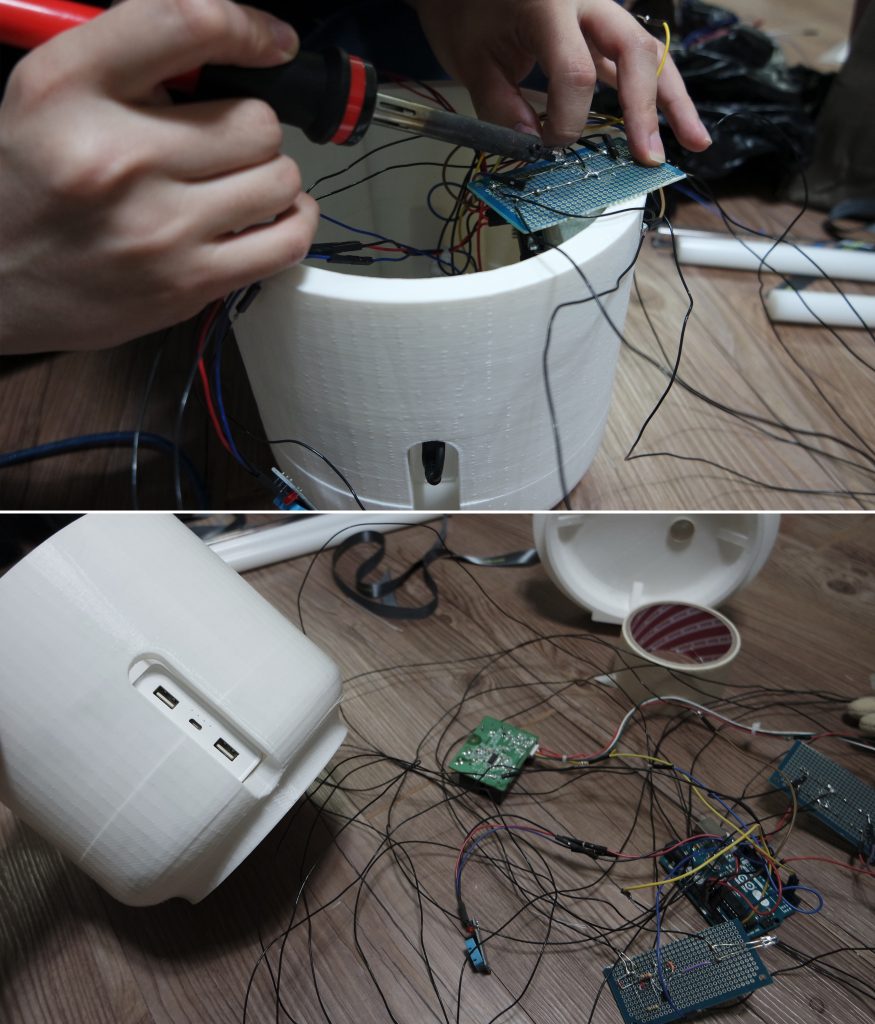
Demonstration
Showcasing the prototype along with a short video advert, we presented the project with a potential business idea over product demonstration at the end of the semester.
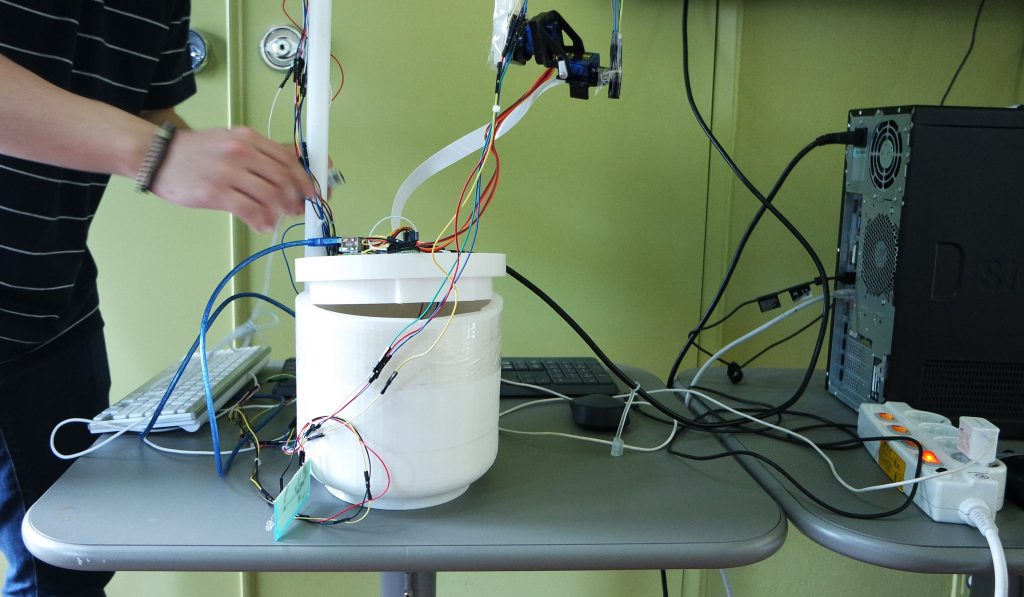
CMF & Visualization
As an extension of the project, I’ve further developed the CMF side in the way that it blends in with the surrounding environment (furniture aesthetics).
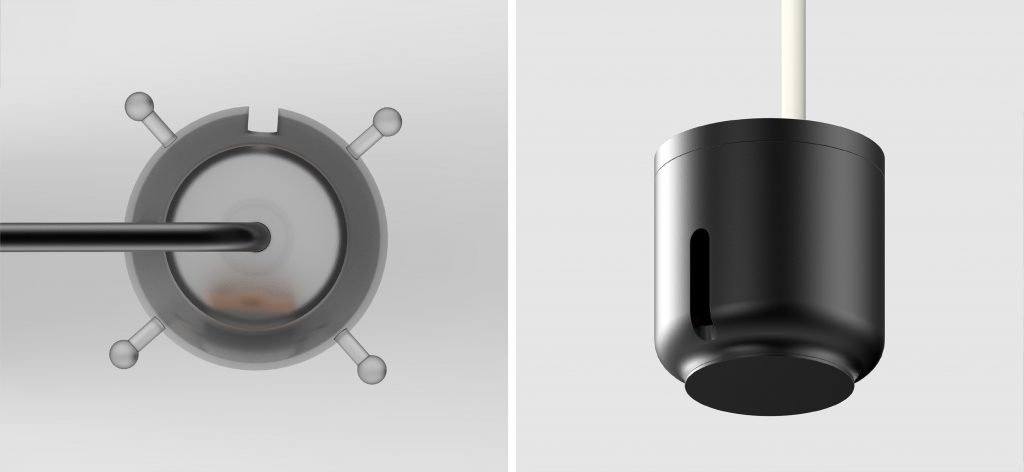
We have also added a few additional interaction features for the users (i.e. caregivers/parents).
